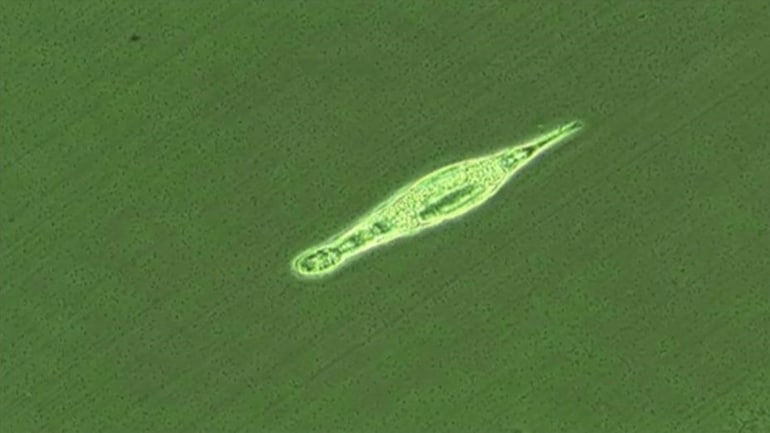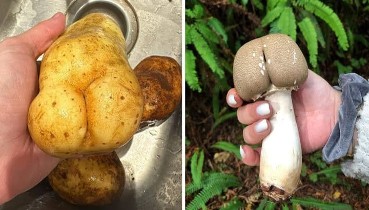
Tiny Worm Comes Back To Life After 24,000 Years In Siberian Deep Freeze
In the perpetual (or, to use a more accurate phrase, perennial) permafrost, scientists frequently discover perfectly preserved remnants of creatures and plants that existed tens of thousands of years ago. Mammoth, woolly rhino, wolf, and even little bird corpses are among them.
A microscopic critter known as a rotifer was resurrected after 24,000 years, frozen in permafrost. It’s the longest time a rotifer has been seen surviving in such frigid temperatures.
While essential species such as bacteria may live centuries in frozen, “this is a creature with a central nervous, brain, and everything,” says Stas Malavin of Russia’s Pushchino Scientific Center for Biological Research RAS.
That’s not exactly a world record – nematode worms have been resurrected from permafrost after 30,000 years – but no rotifer has ever been known to live that long.
In 2015, Malvin and his crew bore through permafrost along the Alazeya river in Russia’s northeast Siberia. A solitary rotifer, a worm-like organism measuring less than a quarter of a millimeter in length, was discovered.
Advertisements



